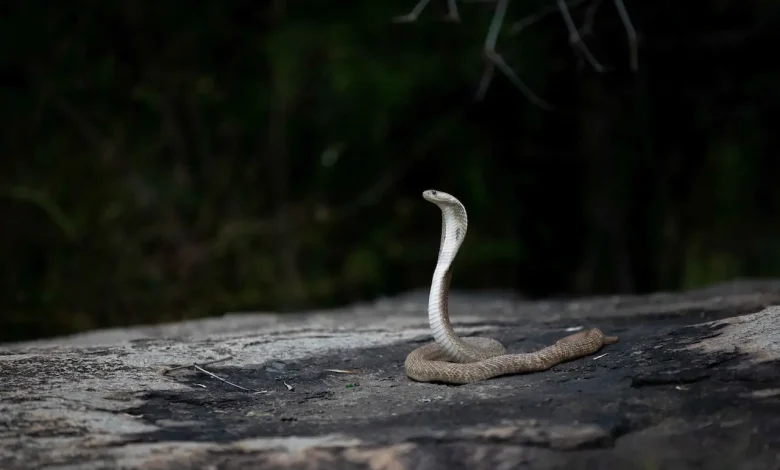Snake Precautions in Thailand (Southeast Asia)

Snake Precautions in Thailand (Southeast Asia)
I got this as a comment, and there was a lot of good information in here that people should know so I’m posting it here as well. I’ve edited a couple of spots I wanted to expand on. ~ Vern
I don’t know if this is true in Thailand, but in many countries a very common cause of snakebite is people trying to kill or capture snakes, so education is an important way to reduce the risk of snakebite: people should know if they see a snake that is venomous (or if they are not sure if it is) they shouldn’t try to kill it or pick it up, but just leave it alone and stay a meter away or so, and warn any others around to do the same.
Where I live, in the USA, this is probably the single most common cause of snakebites: very few are truly accidents, where the person didn’t intentionally provoke the snake, but just didn’t see it. Habitat destruction and fragmentation, and populations of snakes being killed by things like pesticides, are taking their toll too.
Encouraging people to wear long trousers and shoes that cover their feet when they will be outdoors in places where a snake might be trying to relax and enjoy the sun (and perhaps taking a little nap), to look where they step (taking special care in places with tall grass, low light levels, etc.), and to avoid reaching anywhere without checking first, would also be good.
Humans have good color vision, so even though many of them have amazing camouflage, we are more likely to see them….if we look!
In Thailand there is one other particular risk, the spitting cobra. People need to learn to identify them, and as with any snake, avoid doing anything that could make the snake feel threatened. From what I have read, spitting cobras aim for your eyes and can shoot their venom with remarkable accuracy.
For safety it’s best to stay more like 4 meters (4+ yards) away if the snake is a spitting cobra, as they can shoot it pretty far too, much farther than the striking range even of a very large viper.
To keep snakes from coming indoors, you need to avoid having rats and mice (or “yummy snacks” as they are known to many snakes 🙂), which will attract them, but rodents are *really* hard to control.
One way I can think of would to encourage modest-sized nonvenomous snakes like rat snakes (just not the big pythons!) to come visit, as they are skilled rodent-control experts.
I know a lady who found what she described as an indigo snake in her basement; since she knew it to be harmless and recognized it as a sign that she probably had mice or rats, she did her best to make it feel welcome, bringing it water and things like that every now and then. They seem to have struck up a good relationship.
The other aspect of cutting down the morbidity & mortality from snakebite is the healthcare side: making sure healthcare is available for anyone who gets bitten: that anyone can get, at the very least, emergency treatment, regardless of whether they can pay.
Also, speedy treatment has to be accessible even in rural areas where there may not even be a hospital nearby.
Both aspects of reducing the harms caused by snakebite are challenging. I wish I had some answers as to how we could solve this serious health problem in SE Asia and many other parts of the world.
I hope to have a chance to visit Thailand and perhaps some other countries in Southeast and South Asia someday (my health won’t permit traveling right now). I have known a few people from Thailand, and it really sounds cool in a lot of ways.
If I were to see one of the country’s many fascinating snake species, my first thought would be to try to take a photo! I think if more people knew how cool and fascinating snakes are, this sort of attitude toward them would be much more common, maybe even prevalent.
